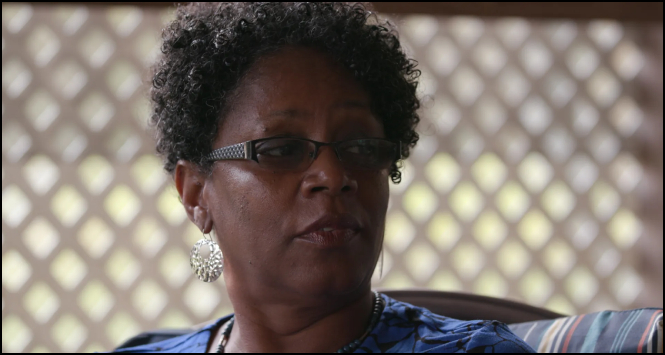More than a century after the Emancipation Proclamation promised freedom to enslaved African Americans, Mae Louise Miller and her family were still enslaved in Mississippi. Not metaphorically, but in the most literal and brutal sense.
Mae Miller didn’t gain her freedom until 1963!
Her story, long ignored and difficult for many to fathom, came to light thanks to Antoinette Harrell, a Louisiana-based historian and genealogist whose tireless work has exposed America’s hidden legacy of 20th-century slavery.
Mae’s voice joined a chorus of survivors, revealing that slavery in the South did not vanish with Abraham Lincoln’s pen in 1863. For some, it morphed, persisted, and thrived in silence for decades.
Born Into Bondage

Mae Louise Miller and her sister Annie were born in the 1930s and ’40s in Mississippi. Their father, Cain Wall, had already been trapped in forced labor by then. The family worked land they didn’t own, received no pay, and had no right to leave.
“I spent my youth picking cotton, pulling corn, digging potatoes… whatever it was, that’s what you did for no money at all,” Mae recalled in a 2003 ABC News interview. The sisters endured years of violence, deprivation, and terror — not in the 1800s, but into the civil rights era.
Attempts to flee only brought worse punishment. Annie tried to run away at age 9. She was caught and brought back. Her father warned her, “Don’t run away. They’ll kill us.” And so, they stayed.
Enslaved in the Shadow of Freedom
When Mae met Antoinette Harrell after a lecture on genealogy and reparations in Louisiana, she didn’t hesitate.
“I didn’t get my freedom until 1963,” she told her.

Harrell had already begun uncovering cases of peonage — a system of involuntary servitude where Black families, often unable to read or write, were tricked into signing contracts that trapped them in debt and dependency. In Mae’s case, her father lost their land through such a contract. From then on, their entire family was owned in everything but name.
What Mae described wasn’t mere economic hardship. She was repeatedly raped as a young girl while working in the landowner’s house — sometimes alongside her mother. When she resisted at age 14, her father beat her bloody, hoping it would spare her from even worse. That night, she ran away, terrified, barefoot and bleeding through the Mississippi woods.
A white family passing by in a mule cart noticed the bushes rustling. They found Mae and took her in. They returned that night to rescue her family, finally breaking the chain that had bound the Walls for generations.
Generational Trauma and Relentless Courage
Mae’s physical freedom came, but the psychological scars never left. In the years after her rescue, she struggled with complex PTSD. At public events, she would sometimes eat uncontrollably, haunted by childhoods spent not knowing when she would eat next. She often removed her shoes, saying they made her feel strange — she’d grown up barefoot on plantation soil.
Her father Cain, who lived past 100, was terrified to speak about what happened. Once, after sharing his memories, he saw a white-haired man on TV and panicked, convinced someone was coming to drag him back. His family had to hospitalize him.
Even in their freedom, fear lingered.
Refusing to Be Silent
Despite all she endured, Mae was not quiet. Until her death in 2014, she lectured alongside Harrell, telling her story to ensure others would not forget — or deny — that this had happened in the United States of America.
“I told you my story because I have no fear in my heart,” Mae once told Harrell. “What can any living person do to me? There is nothing that can be done to me that hasn’t already been done.”
Through Harrell’s work, and Mae’s bravery, we are reminded that the abolition of slavery on paper did not guarantee liberation in practice.
Hidden away on isolated farms across the South, countless African Americans like Mae lived, labored, and suffered as property long after they were promised freedom.
Not An Isolated Story
Mae’s is not the only account. In St. Charles Parish, Louisiana, Harrell interviewed over 20 people who lived in similar bondage into the 1950s and ’60s. Sharecropping, debt peonage, and racial terror ensured that slavery simply adapted rather than disappeared.
Many survivors remained silent for decades, scared of retaliation in communities still controlled by descendants of former plantation owners. And though some may argue that these stories are rare, Harrell insists otherwise: “These stories are more common than you think.”
A Call to Truth
Mae Miller’s story is not just a chapter of buried history — it’s a demand for truth-telling. Her legacy, and the continuing work of people like Antoinette Harrell, challenge us to confront the realities that traditional textbooks and public memory often erase.
What happened to Mae and her family wasn’t an accident. It was a system — brutal, intentional, and long ignored.
And until every story like Mae’s is heard, remembered, and honored, America’s story of freedom will remain incomplete.
